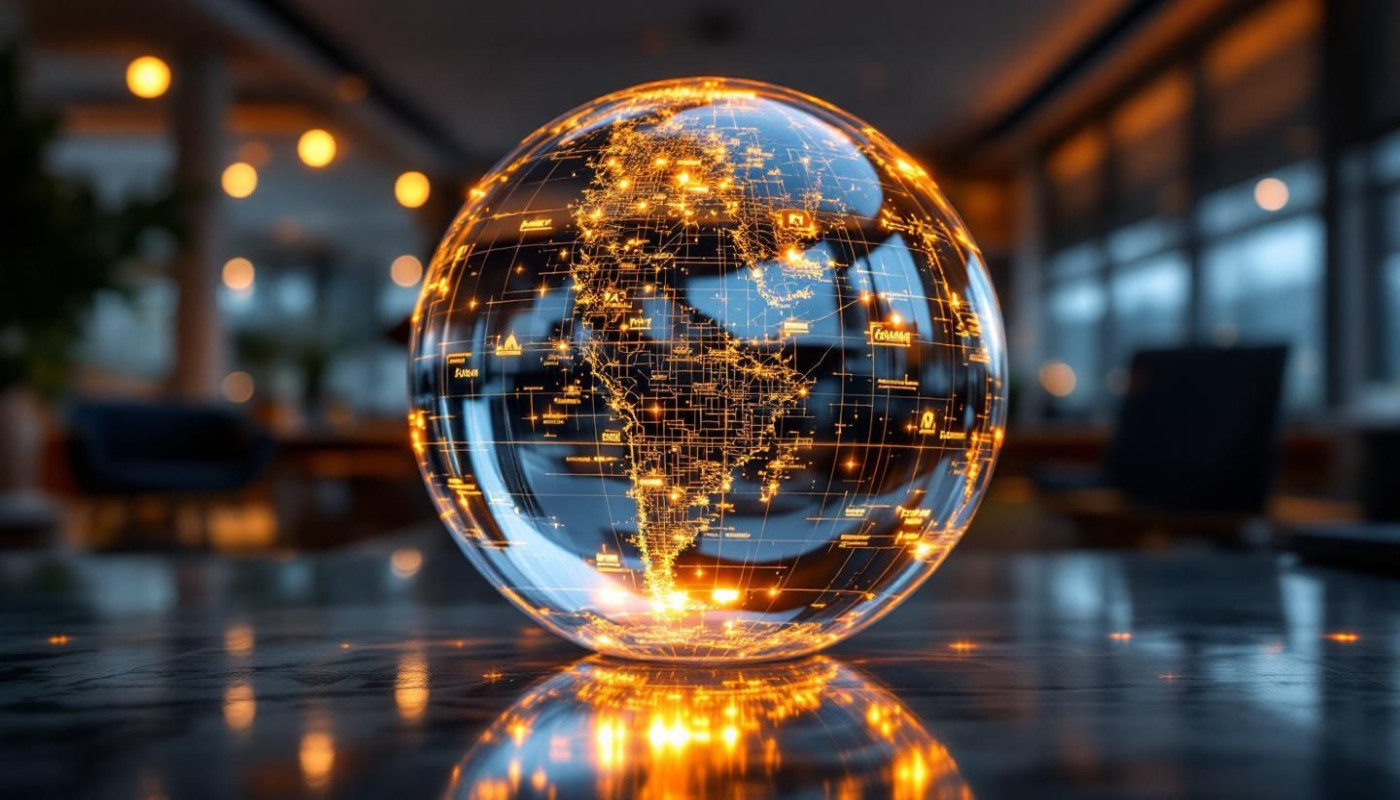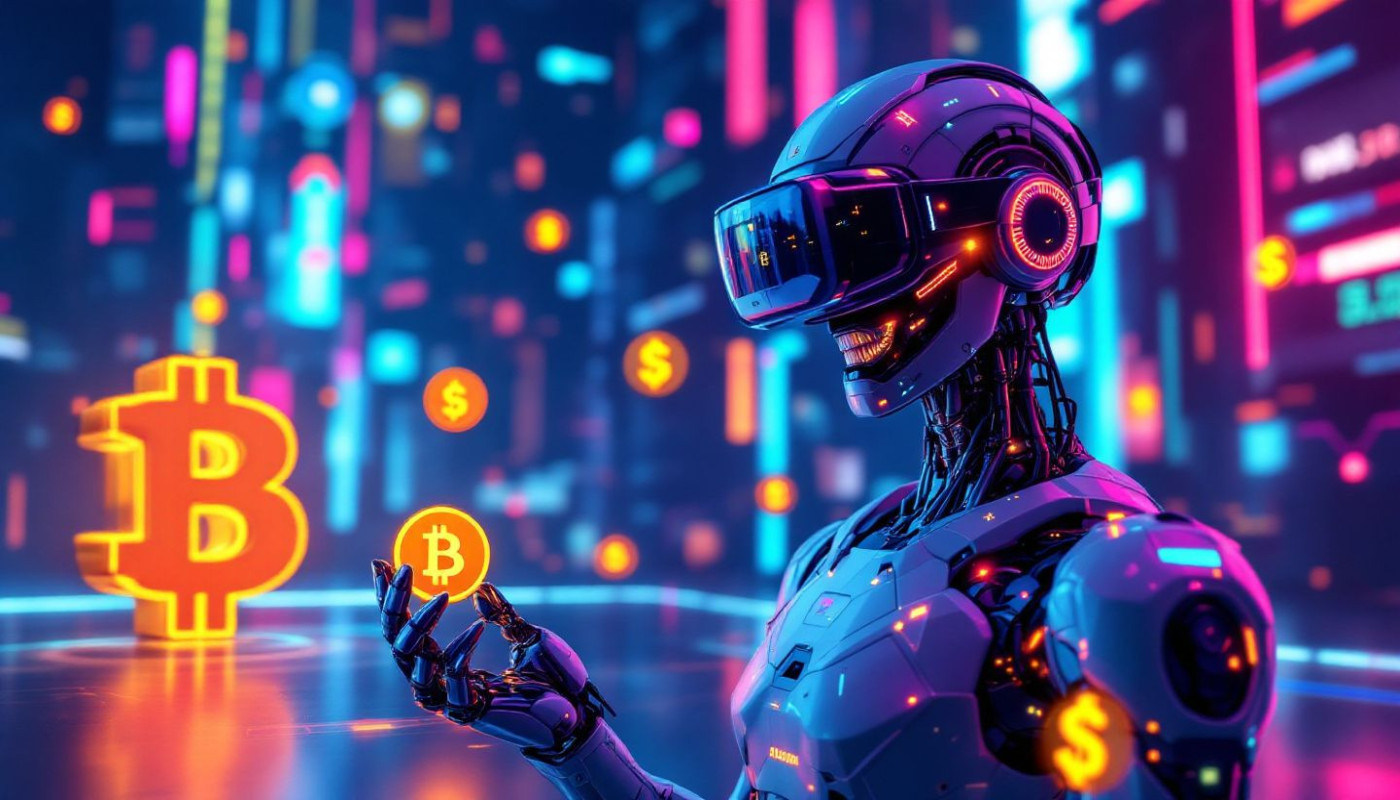Table of contents
The art market, a vibrant tapestry of culture and commerce, has long been the domain of canvases, sculptures, and installations. Yet, as the digital age accelerates, a new player enters the arena: non-fungible tokens (NFTs) and digital collectibles. These novel assets are redefining ownership and the concept of rarity in the art world, presenting both opportunities and challenges. The promise of blockchain technology has brought about a paradigm shift, one that could potentially democratize access to art markets and empower creators like never before. As we stand at the cusp of this digital renaissance, it is time to delve into the implications of this shift. From the mechanics of digital ownership to the implications for artists and collectors, the rise of NFTs and digital collectibles invites us to reimagine the future of art markets. Read on to explore the transformative potential of these digital assets and consider how they might shape the artistic landscape of tomorrow.
The Digital Evolution of Art Ownership
The art market has undergone a transformative shift from the tactile allure of physical artworks to the intangible yet verifiable domain of digital ownership with the advent of Non-Fungible Tokens (NFTs). These digital tokens are revolutionizing the way artists and collectors perceive and interact with art. Blockchain technology, the backbone of NFTs, plays a pivotal role in this evolution, guaranteeing the uniqueness and provenance of each piece by creating an immutable ledger of ownership. This technology enables a level of authentication previously unattainable in the digital realm, reassuring buyers that their digital collectible is both original and exclusive. Moreover, the emergence of digital ownership has paved the way for artists to exert increased control over their creations. Through bespoke 'smart contracts', artists can automate royalties for secondary sales and retain more authority over the distribution and monetization of their works. This empowerment stands in stark contrast to the traditional art market, which often sees creators distanced from the financial lifeblood of their artwork post-sale. For an in-depth understanding of how blockchain and smart contracts are reshaping the art market, we turn to a technology expert specializing in blockchain and digital assets. Their expertise in this cutting-edge intersection of art and technology will shed light on digital ownership's intricate mechanisms and its promising future in the world of art.
Revolutionizing Art Accessibility and Distribution
Non-Fungible Tokens (NFTs) have precipitated a paradigm shift in art accessibility, democratizing the ownership and appreciation of art by breaking down traditional barriers to entry. Where once the elite nature of art collecting was confined to a select few, NFTs have enabled a more inclusive global art market, allowing artists to connect directly with art collectors worldwide. The ease of transferring digital assets via blockchain technology means that geographical borders no longer limit the distribution of art. This advancement has not only amplified the global reach of artists but also provided collectors with a diverse array of artwork previously inaccessible to them. The impact on traditional art distribution channels is profound. Galleries and auction houses, once the gatekeepers of high-end art transactions, are finding themselves needing to adapt to this new digital environment or risk obsolescence. NFTs are traded on decentralized platforms, leveraging blockchain's security and transparency, and are often discussed by digital art marketplace analysts as the future cornerstone of art distribution. By utilizing these decentralized platforms, artists can maintain greater control over their work, receive fair compensation through smart contract royalties, and foster direct relationships with their patron base. As we witness this evolution of the art market, it is evident that the role of conventional art distributors is being redefined, paving the way for a more accessible and equitable ecosystem for art creation and collection.
Challenges and Considerations in the NFT Marketplace
The burgeoning NFT marketplace has brought with it a slew of challenges that stakeholders must navigate. Chief among them is the environmental impact attributed to certain blockchain technologies, particularly those operating on a "proof of work" protocol which requires significant amounts of energy. As such, the debate around sustainable practices in the digital art world intensifies, urging a shift towards more energy-efficient methods like "proof of stake". Copyright issues also present a complicated aspect of the NFT world, as the distinction between owning a digital asset and having the rights to its reproduction remains murky. Furthermore, art collectors face market volatility, a common characteristic of emerging technologies and markets, which can see values fluctuate wildly in short periods.
For collectors and investors, understanding the technology and performing thorough due diligence is vital. This involves not only appraising the artwork itself but also scrutinizing its provenance and the stability of the platform it resides on. Legal and environmental experts within the digital art markets emphasize the necessity of comprehending these various facets, from the technicalities of blockchain to the legal implications of ownership and rights. To better understand how to mint NFTs on eco-friendlier platforms, one might pop over to these guys who provide practical insights into using the Tezos blockchain—a system known for its lower energy consumption compared to its counterparts.
The Impact on Traditional Art Institutions
The emergence of NFTs and digital collectibles is reshaping the landscape of traditional art institutions, including venerable galleries and prestigious auction houses. These entities are at a crossroads, facing the decision to either adapt to the burgeoning digital art market or resist this modern tide. Art adaptation has become a key term in the transformation of such institutions, which are now exploring ways to integrate digital works into their historically physical portfolios. A growing number of these institutions recognize that digital provenance—the history of ownership and transfer of a digital asset—is as valuable as the provenance of traditional artworks. To delve deeper into this transition, insights from an art market historian or curator could be invaluable, revealing how the principles and practices of curation, collection, and art valuation are evolving in the face of this digital revolution.
Predicting the Future of Art Markets with NFTs
The integration of Non-Fungible Tokens (NFTs) into the art world is poised to dramatically reshape the landscape of art markets. Envisioning the future through the lens of a futurist with expertise in art and technology, one can predict the emergence of innovative art forms that transcend traditional mediums. NFTs enable the tokenization of digital works, granting them a unique status and opening up avenues for artists to connect with audiences in unprecedented ways. This digital renaissance could signal a shift in artist-audience interaction, fostering more direct and immersive exchanges.
As the metaverse—a collective virtual shared space created by the convergence of virtually enhanced physical reality and physically persistent virtual space—continues to expand, it offers fertile ground for the inception of entirely virtual galleries and exhibitions. These spaces will not only showcase digital art but will also provide interactive experiences that challenge the very notion of what constitutes an art venue. Traditional collectors are evolving into digital collectors, curating a portfolio of NFTs that can be appreciated and traded in a global, borderless marketplace. The future of art markets, with the full NFT integration, heralds a dynamic era where art is liberated from the physical constraints of the past, catering to a growing demographic of tech-savvy connoisseurs.
Similar












